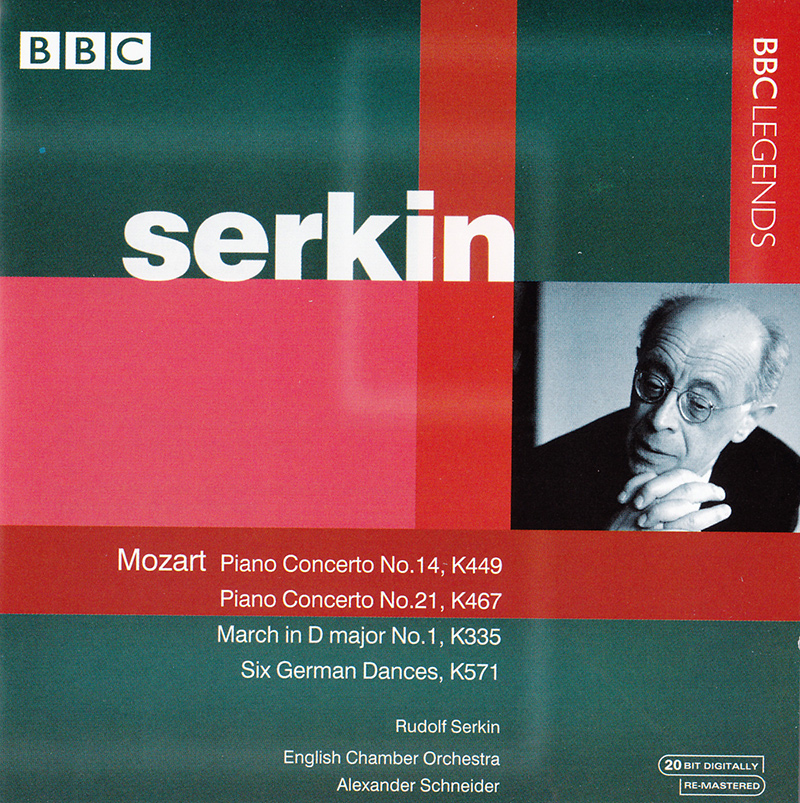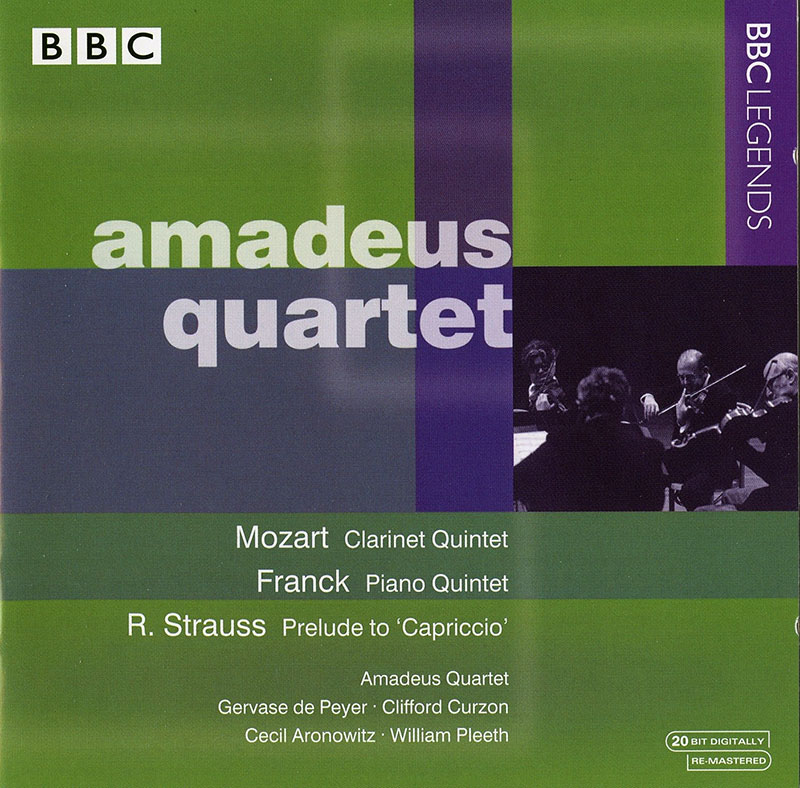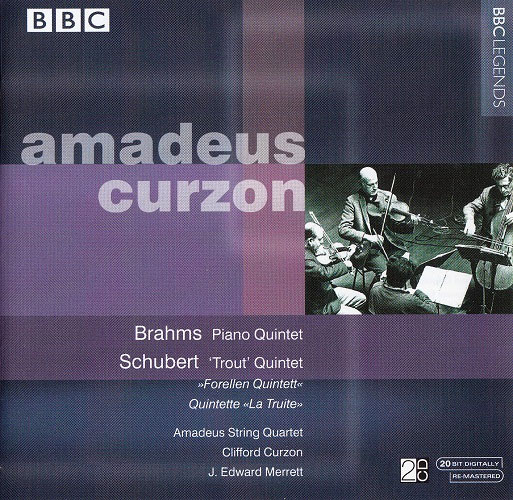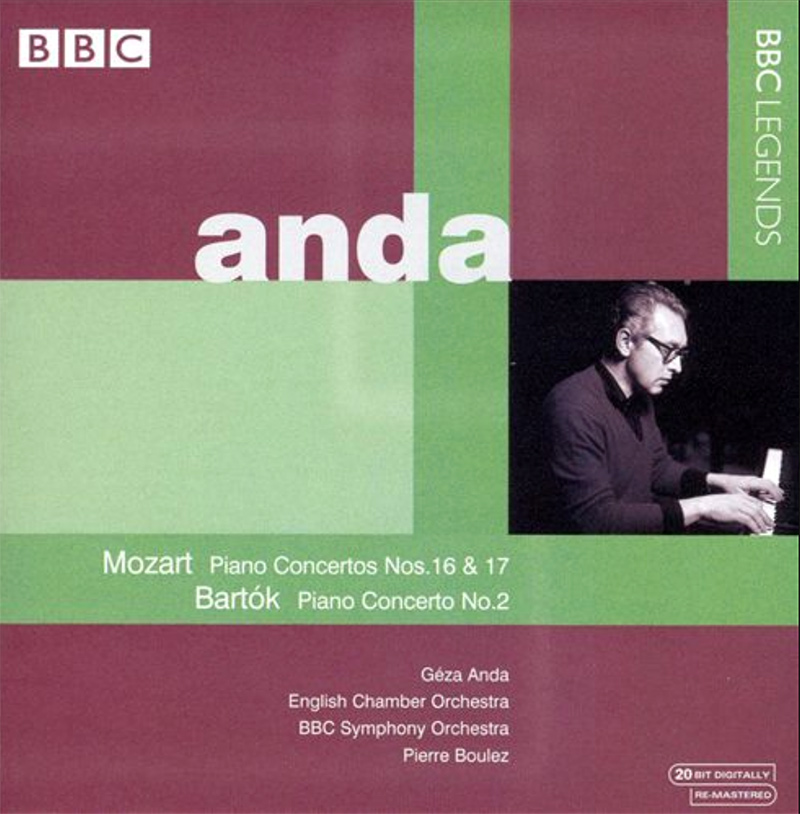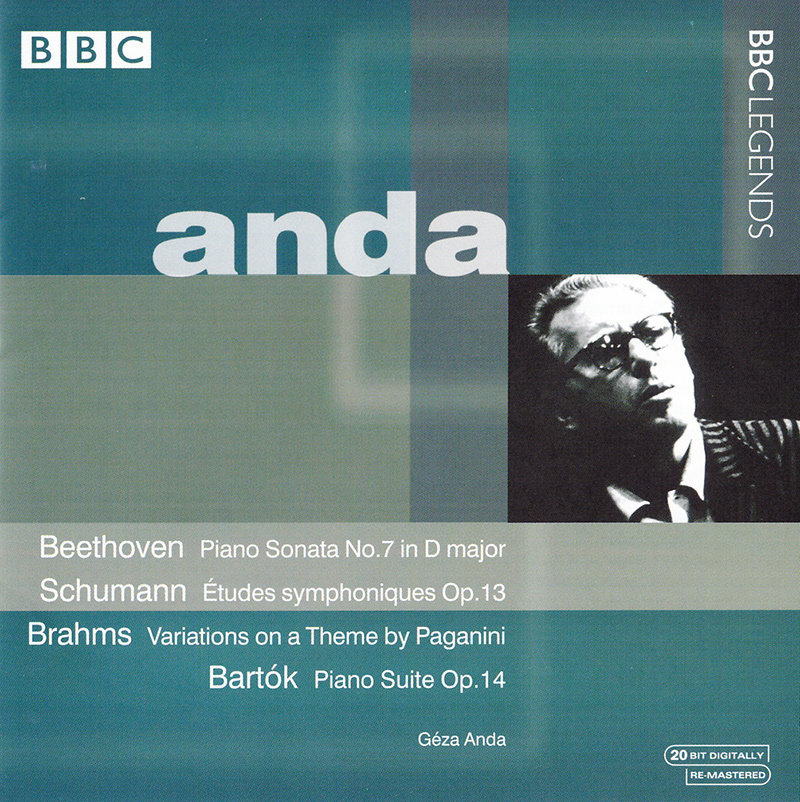Logowanie
Mikołaj - ten to ma gest!
Miles Davis, Horace Silver, Jay Jay Johnson, Percy Heath, Kenny Clarke, Lucky Thompson
Walkin'
20bit K2Super Coding - ale jak to brzmi!
Kasety magnetofonowe
Winylowy niezbędnik
ClearAudio
Double Matrix Professional - Sonic
najbardziej inteligentna i skuteczna pralka do płyt winylowych wszelkiego typu - całkowicie automatyczna
MOZART, Rudolf Serkin, English Chamber Orchestra, Alexander Schneider
Piano Concerto No. 14 / March in D, K. 335 / Six German Dances, K. 571 / Piano Concerto No. 21 in C Major
- Rudolf Serkin - piano
- English Chamber Orchestra - orchestra
- Alexander Schneider - conductor
- MOZART
Rudolf Serkin (1903-1991) never fails to elicit opposing responses in his hearers, from those who savor his fierce energy to those who thoroughly reject his unsentimental, often rough, percussive sonority in the music he champions. Along with the often overly bold strokes in his sound projection, Serkin managed any number of rhythmic variations in his approach to rubato and agogic accents. The result was a constantly shifting palette that conveyed no end of nervous excitement, especially when he found a sympathetic accompanist in Alexander Schneider, Eugene Ormandy, and Dimitri Mitropoulos. The Mozart E-flat Concerto (28 August 1964) from Usher Hall, Edinburgh alternates long, brilliant flourishes with tender lyricism, often quite intimate, allowing for the hard patina from Serkin’s instrument. Schneider whips the ECO in an equally enthusiastic manner, elan and brio in one motion. For all the breathlessness of the Allegro, the Andantino of K. 449 sings most eloquently. Collectors will recall that Serkin inscribed this concerto in the 1930’s with Adolf Busch. The melody here floats warmly above the string pulsations, often sighing with dreamy melancholy. Schneider and Serkin urge the contrapuntal elements in the final Allegro ma non troppo, its balance of playful and learned elements. A feisty brew, it catches us and the audience with its easy virtuosity. The K. 335 March (with col legno strings) and the ensuing Six German Dances, K. 571 from the same August concert allow Schneider to frolic in Mozart’s lightly deft figures, woodwinds and horns often evoking suggestions of the hunt or some passing janissary band (No. 6 in D). While most of us know the K. 605 Dances–with the Sleigh Ride sequence–these vivacious and capricious lollipops exude an energetic charm that point directly at Schubert, Lanner, and the later Mahler. The C Major Concerto, K. 467 (23 July 1966) from the Guildhall, London continues the military spirit, a ceremonial mix of pomp and bravura circumstance, the winds, horns, and tympani each lit with Viennese flair. Both expressive and intelligent, the realization possesses quick, articulate touches and the long, piercing architecture of Serkin’s especial sound. More metallic than pearly, Serkin’s keyboard part still communicates a dazzling series of bright colors. Typically, Serkin’s cadenza achieves a remarkable fluency and tension just prior to the orchestra’s explosive ritornello. Sweet chromatics from Schneider’s orchestra for the Andante, the winds coloring the pulsations with long, wistful sighs. Serkin shades his part with subtle rhythmic breathings, his diminuendo as fine-tuned as his trill. The final Allegro opens with a quick ad libitum by Serkin–similar to Gieseking’s famous rendition with Cantelli from New York–then it’s off to the races, all quicksilver figurations from the principals. Antiphons from the woodwinds to Serkin’s brisk curlicues keep our juices flowing, the pregnant pauses notwithstanding. Rousing interplay between piano, strings, and horns brings us to the last explosive cadenza, another demonic keyboard cocktail to make us drunken on Mozart’s Dionysiac revel. Wham! — Gary Lemco































